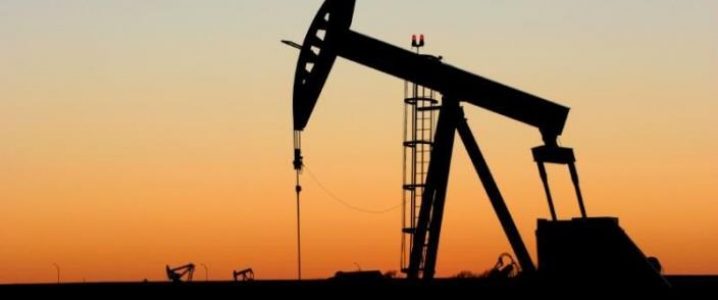The Italian oil company Eni, in partnership with Petroci Holding, has made a major new hydrocarbon discovery called CALAO on the Cl-205 oil block.
The CALAO field, located about 45 km off the coast and 120 km west of the Baleine field, is the second largest discovery in Cote d’Ivoire.
This new discovery follows the drilling of the Murène-IX well to a depth of 2,800 metres from the seabed in 2,200 metres of water to a total depth of 5,000 metres. The well encountered light oil, natural gas and condensates.
The new CALAO field, which is much richer in natural gas, is expected to eventually meet the country’s electricity needs.
Italian energy group ENI’s discovery of the Baleine field in 2021, the largest hydrocarbon discovery ever made by an oil company in Côte d’Ivoire, is boosting the country’s hopes of energy autonomy.
ENI will start producing oil and gas from the deepwater Baleine field, located in south-eastern Cote d’Ivoire, on 27 August 2023. The Baleine field is estimated to hold 2.5 billion barrels of oil and 3,300 billion cubic feet of natural gas.
With an estimated production capacity of 150,000 barrels per day by 2027, the Baleine field is expected to boost national oil production to around 200,000 barrels per day, compared to just 30,000 barrels per day today.
By 2026, the field is expected to produce nearly 200 million cubic feet of gas, bringing the country’s natural gas production capacity to nearly 430 million cubic feet, helping to better control the inputs needed to generate electricity.
President Alassane Ouattara met Claudio Descalzi, CEO of the ENI Group, an Italian oil company specialising in exploration and production, at the State House on Thursday 7 March.
Descalzi announced that the discovery of this new deposit of oil and gas, both associated and light, has a grade of between 1 and 1.5 billion barrels, with the probability of increasing this potential.
The ENI boss revealed that the newly discovered field will require a financial commitment of between 5 and 6 billion US dollars, compared to the ‘Whale’ field, which required an investment of around 9 billion US dollars.
AP/lb/abj/APA


